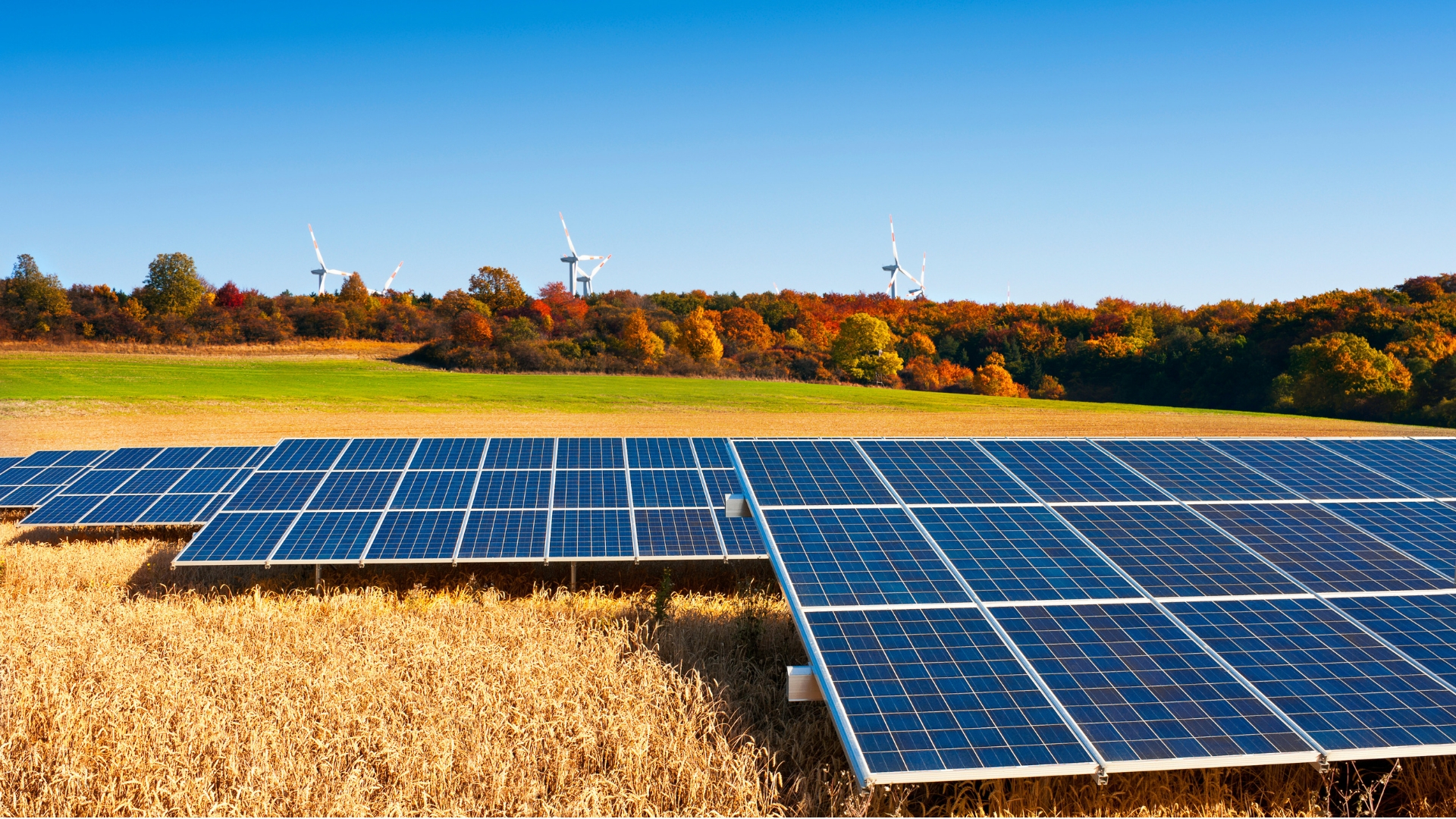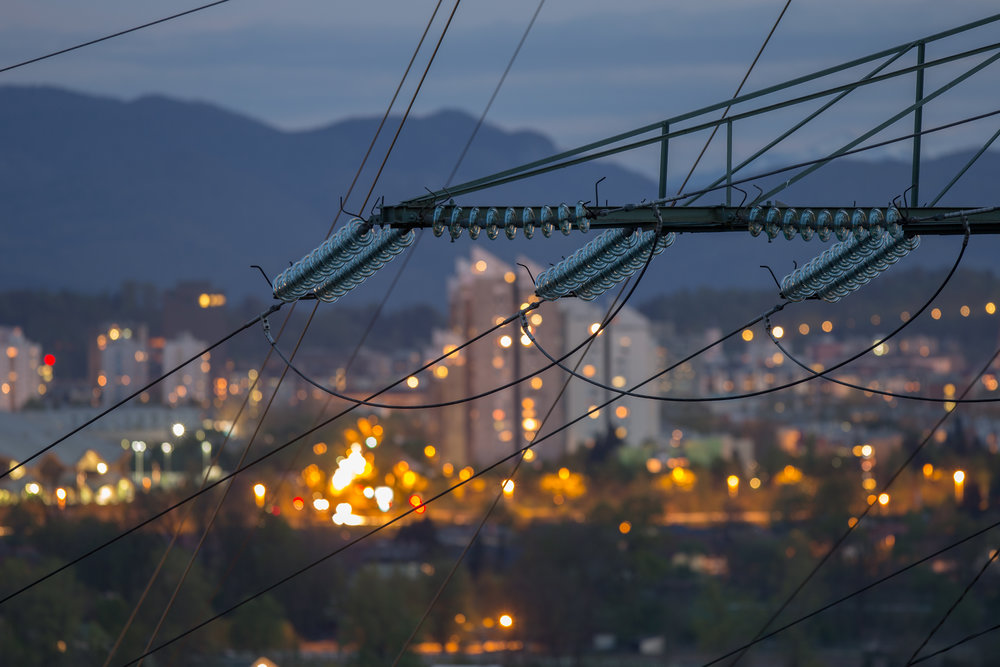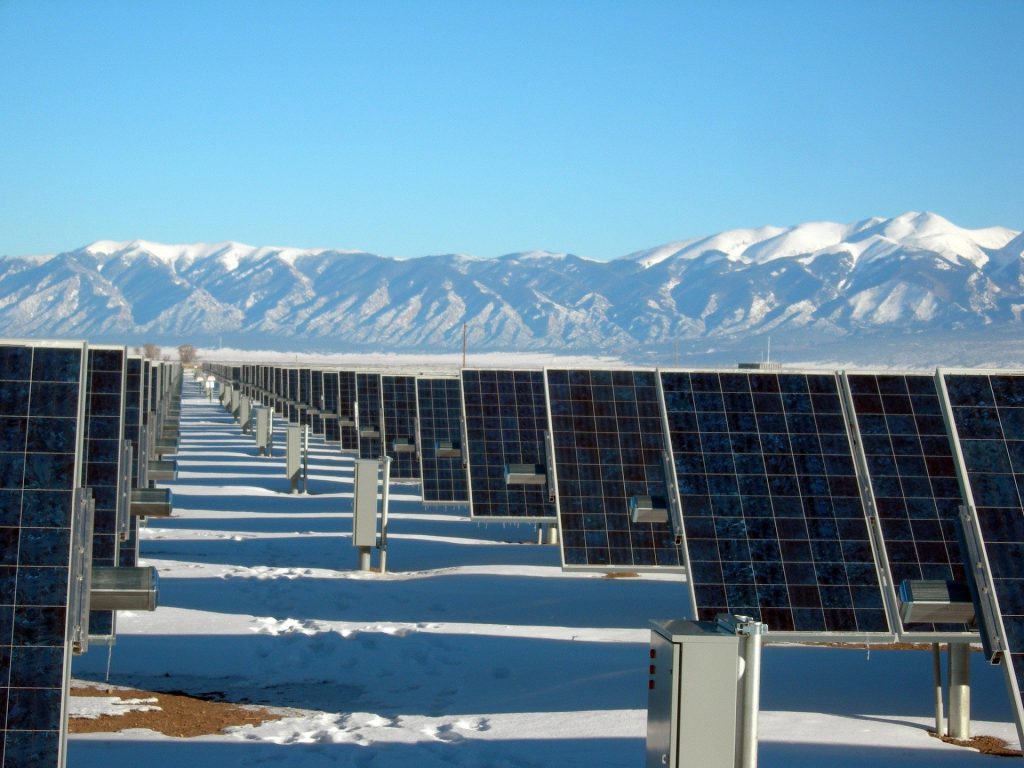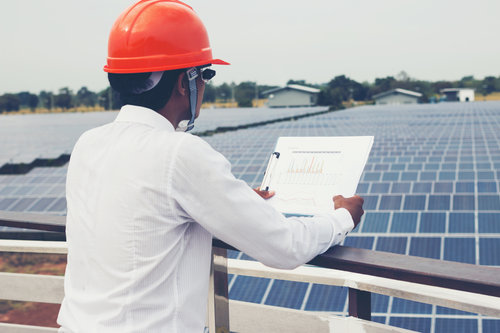Saving money is one of the biggest reasons that Americans are increasingly choosing to switch to solar energy. In fact, Solstice was founded for this very purpose: to bring affordable renewable energy to every American.
Let’s get one thing out of the way. It’s true, if your main goal is to maximize your long-term savings, that rooftop solar is probably your best bet–just as long as your roof is suitable and you’re okay contending with a $10,000-40,000 upfront bill.
Community solar, on the other hand, will bring you substantial savings as soon as your subscription goes live. All you have to do is sign up, and you’ll start seeing reliable savings without installing anything on your property and without worrying about any extra costs.
Table of Contents
How much can I save?
The amount of money that you’ll save with community solar depends on the size of your monthly energy bill. We made an infographic that delves deeper into the topic in an easy-to-read format.
Learn How Much You Can Save.
Get access to the exclusive infographic
Notice: JavaScript is required for this content.
Other Solar Options
There are other forms of renewable energy that various groups offer to U.S. households, but frankly, few of them compare to community or rooftop solar.
Electric utilities often offer the option of using your bill to support renewable energy, but it inevitably involves paying a few cents extra for each kilowatt-hour instead of saving. National Grid, for example, offers an “Energy Choice” program to its customers which adds an extra 6-20% to the typical energy bill.
Similarly, in states with deregulated electricity markets, households can choose to get their energy from a “third party provider” (Also known as an Energy Service Company, ESCO, or TPP). Some of these companies offer purportedly clean energy to their customers, allowing them to “lock in” a rate of electricity. If you read the fine print on those contracts, the rate will increase modestly over time (what the industry calls an “escalator”).
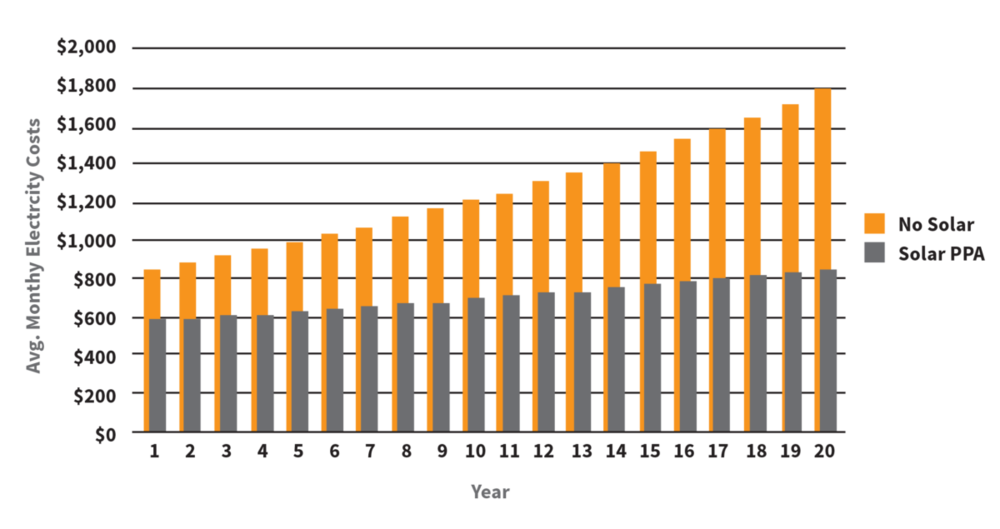 This is the kind of graph that these providers would show their prospective customers. Looks good, right? (This graphic pulled from American Sentry Solar’s website).
This is the kind of graph that these providers would show their prospective customers. Looks good, right? (This graphic pulled from American Sentry Solar’s website).
Unfortunately, the energy that these providers are selling are often produced in faraway places where wind and solar are much cheaper. And the reality is that a wind farm in Texas doesn’t pass its electrons 1500 miles to a home in upstate New York. It powers the surrounding area. Even if that were the way our energy system was set up, it would be highly inefficient–anyone in the power industry will tell you that you start seeing significant voltage losses after a few hundred miles. Needless to say, these companies are often offering their customer renewable energy that isn’t at all connected to the energy systems that they use on a daily basis.
Moreover, in their early days, these types of contracts were proffered as a way to guarantee that your energy rates stayed relatively constant while the prices of fossil-fueled sources fluctuated and increased over time. Unfortunately for some, the U.S. fracking boom has led to decreased energy prices in areas powered by natural gas, and many of those who signed contracts with these providers are stuck paying comparatively high prices.
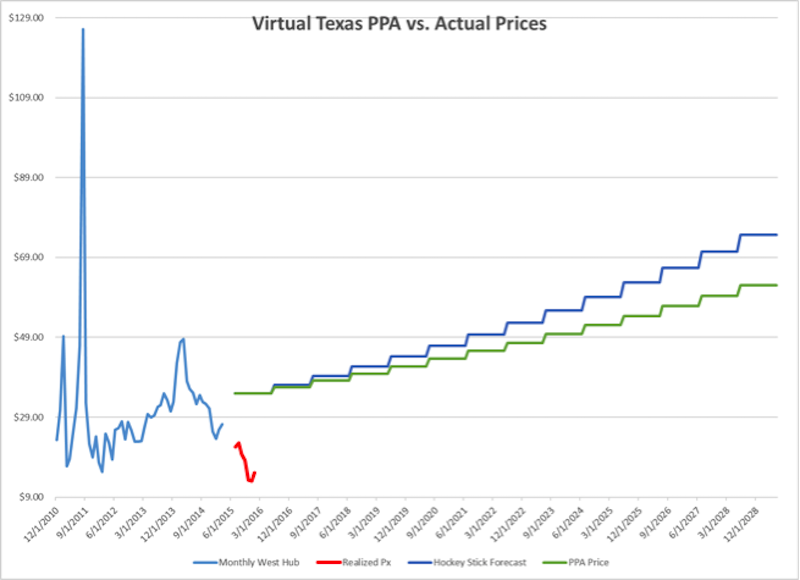
Unfortunately, energy prices don’t rise in a predictable curve. They’ve actually fallen in many places around the country as renewable energy and natural gas prices have plummeted, leaving many customers to pay artificially high power prices.
Community Solar Brings You Reliable Savings
Community solar is different. Rather than locking in a specific price schedule for their energy, with community solar you lock in savings. The number can vary by project, but with community solar, you save around 10 percent on the energy that your panels produce, so that no matter how the price of energy fluctuates, you’re paying less on your electric bill than you would if you weren’t a subscriber.
Best of all, you support local renewable energy–and you can cancel any time you want (with two month’s notice).
